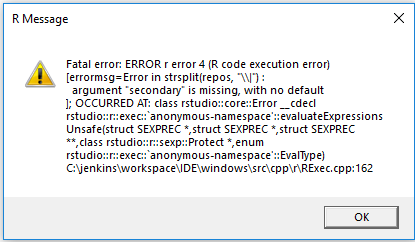

If you choose to have a shared R Server for the students, the server should be set up before the lab is created. See use external file storage in Azure Lab Services for options and setup instructions. Some classes require files, such as large data files, to be stored externally.

If you don't have an Azure subscription, create a free account before you begin. To set up this lab, you need an Azure subscription and lab plan to get started. Each article describes how to use the Data Science Virtual Machine for Linux (Ubuntu) marketplace image, which has many data science related tools, including RStudio, pre-installed.

The deep learning and Python and Jupyter NotebooksĬlass types set up RStudio differently. This article will focus on solely RStudio and R as a building block for a class that requires the use of statistical computing. The free version provides code-editing tools, an integrated debugging experience, and package development tools. RStudio is an interactive development environment (IDE) available for the R language. R provides an interactive command line experience. It's used in the statistical analysis of genetics to natural language processing to analyzing financial data. R is an open-source language used for statistical computing and graphics. For more information, see What's New in the August 2022 Update. Next, let’s look at a super-fast way to do joins.This article references features available since the August 2022 Update, when lab plans replaced lab accounts.

If you run a version of this code yourself, you’ll probably notice that dplyr is way faster than base R. This joined data set now has a new column with the name of the airline. $ Description "Delta Air Lines Inc.", "Delta Air Lines Inc.", "Delta Air … $ X6 NA, NA, NA, NA, NA, NA, NA, NA, NA, NA, NA, NA, NA, NA, NA,… If you’re running the code, the delay file you downloaded will likely have a different name than in the code below. To read in the file with base R, I’d first unzip the flight delay file and then import both flight delay data and the code lookup file with read.csv().


 0 kommentar(er)
0 kommentar(er)
